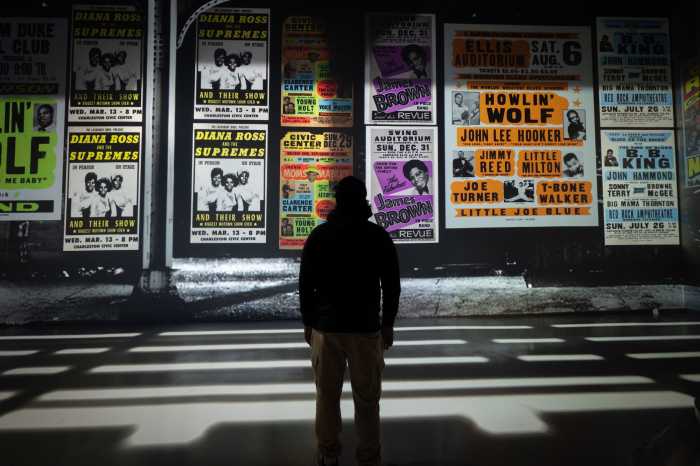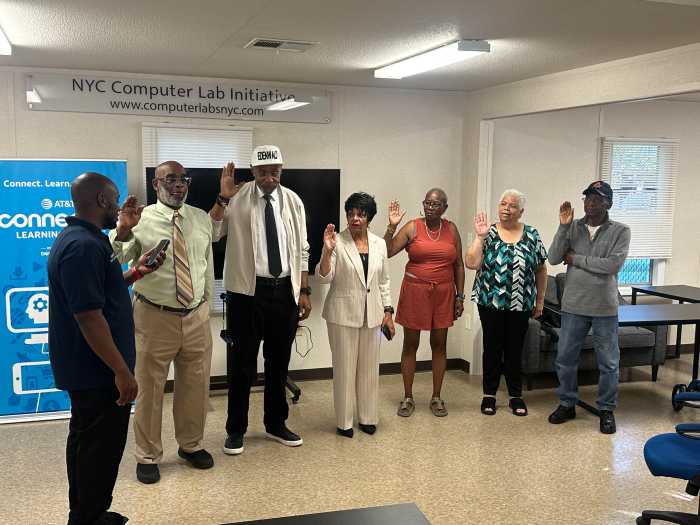By David Stanke
The last year has seen very little construction progress at the World Trade Center, but very important progress on other fronts. A year ago, the speeches sounded good and there were lots of pretty pictures, but behind the scene elements were not addressed. This year, the site doesn’t look that much different, but the infrastructure and agreements are now in place to push the development forward.
When I open my windows while working at my desk, I hear occasional whistles from the site. These whistles are the warning on the site that explosives will be detonated to perform excavation. I don’t actually hear or notice the explosions, but as long as I hear the whistles, I know that the work is getting done. The site, mostly empty last year, now has activity on every quadrant. I don’t need to see or hear the work to know it’s going to continue.
Consider what we had a year ago. The design of the Freedom Tower was largely ready to go, but no one knew who would own it. Memorial plans and pictures looked ready to go, but the cost was outrageous and important technical issues remained. The east side of the site, its commercial center, had no finalized plans and no clear lines of ownership. Thanks to City Planning, it was still not clear what was going to be built. On top of that, Governor Pataki was running out of time, opening the possibility that a new governor might rethink the city one more time.
Today, the Port Authority and Silverstein Properties have an agreement to move forward. There are plans for government offices to fill some of the commercial space, allowing a quicker build out. The two primary forces that should have driven the redevelopment, the P.A. and Silverstein, are finally working together. Mayor Bloomberg pierced the sacred cow memorial and forced costs down. There is hope that sufficient money might be raised. Finally, decisions are being made based on legal agreements, property rights, and rational expectations.
For four years after 9/11/01, discussion and effort focused on the appearances. We watched the painful dance of despair, politics, and wishful thinking drive rebuilding discussions. The most obvious failure was the idea that city planning was based on public comments of special interest groups. “Listening to the City” was a drug handed out to the public, the promise that untrained citizens could just spout out deepest feelings to produce a plan for a complicated urban center.
Without budget constraints, people talked about everything that could be built, how all of Downtown could get a facelift. Everyone was guilty. There were plans to move the 1/9 subway to Battery Park City. West St. was suddenly going to disappear underground and become a park. Floating parks would be built on the East River. And on the site, expectations ranged from a 16-acre memorial to a business center covered with buildings. There were a lot of dream visions with no consideration of the foundation.
But even this failed planning direction might have been overcome. Perhaps the most demoralizing event of the last year was the P.A.’s decision to push Silverstein off of the site. This opened the door for City Planning to attack the premise that the W.T.C. should be a commercial site. Rebuilding after a totally devastating terrorist attack would never be easy. It would take all of the downtown players working together to a common goal. Any weakness brought vultures to pick apart the carcass.
But the contention of the last year has forced the creation of agreements that will ensure future progress. City Hall’s drive to reduce W.T.C. commercial development drove the Port and Silverstein to agreement. The public’s growing awareness of the failure increased pressure on government officials. Governor Pataki in particular felt the heat as his limited term in office ticked away and public criticism grew. All of these pressures created the conditions to fix the political and economic foundations underlying the effort to rebuild.
The accusations of delay produced incentives in the agreement that will ensure progress. Silverstein has limited time to complete building. The Port Authority has limited time to turn over a prepared site to Silverstein. Failure to perform will have financial consequences for both parties. This agreement alone has given me confidence that Deutsche Bank will actually be demolished in a year.
Bloomberg, a strong-willed leader to say the least, has assumed control over the memorial and the performance center. The financial realities driving the project forward along with stronger leadership will silence those trying to halt progress. When protesters begin to realize that their antics have no affect, they will fade away.
This last year, with the foundations in place, Silverstein Properties released designs for three new buildings that are far better than we would have hoped for a year ago. The design of the retail space and the buildings at street level ensure that street level experience on the site will be vastly improved. The Liebeskind site plan was the culmination of the pop culture experiment in city planning.
The recent discovery of further 9/11 body parts at the W.T.C. demonstrates the improved conditions for development. The discovery was sad, even tragic for many family members. In the nine months of the recovery, when a body part was found, work stopped across the site. It was a very expensive symbolic act. Stopping construction entirely wouldn’t help find body parts. Finding body parts need not interfere with construction in other parts of the site. Work has continued, and an important message has been established.
David Stanke, who lives and writes Downtown, serves on advisory panels to the Lower Manhattan Development Corporation and the World Trade Center historic preservation review.































